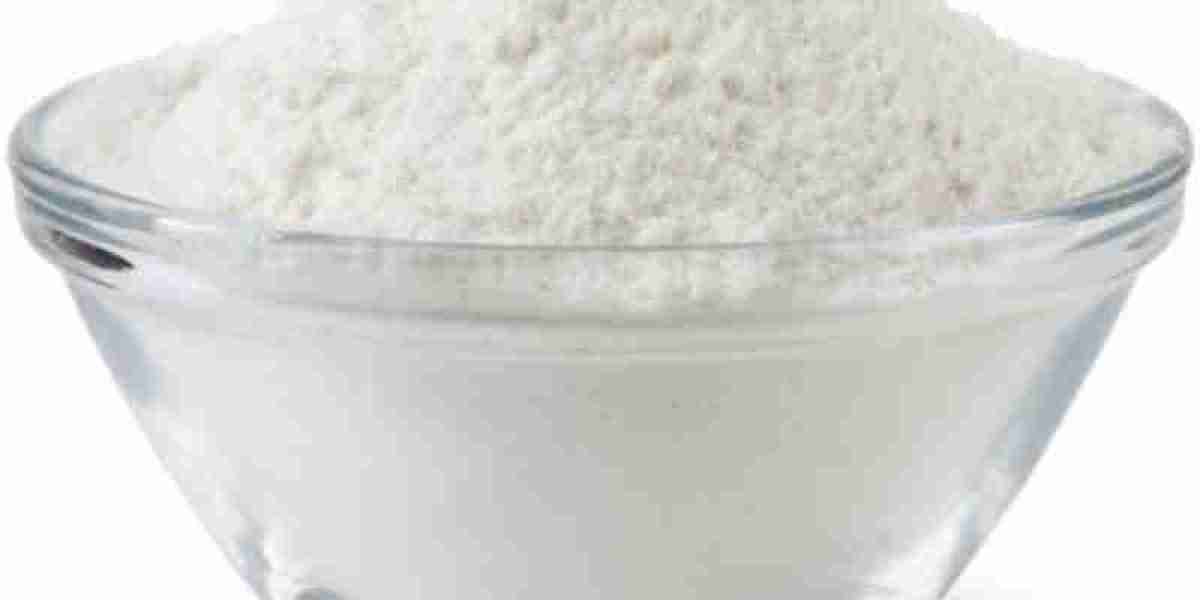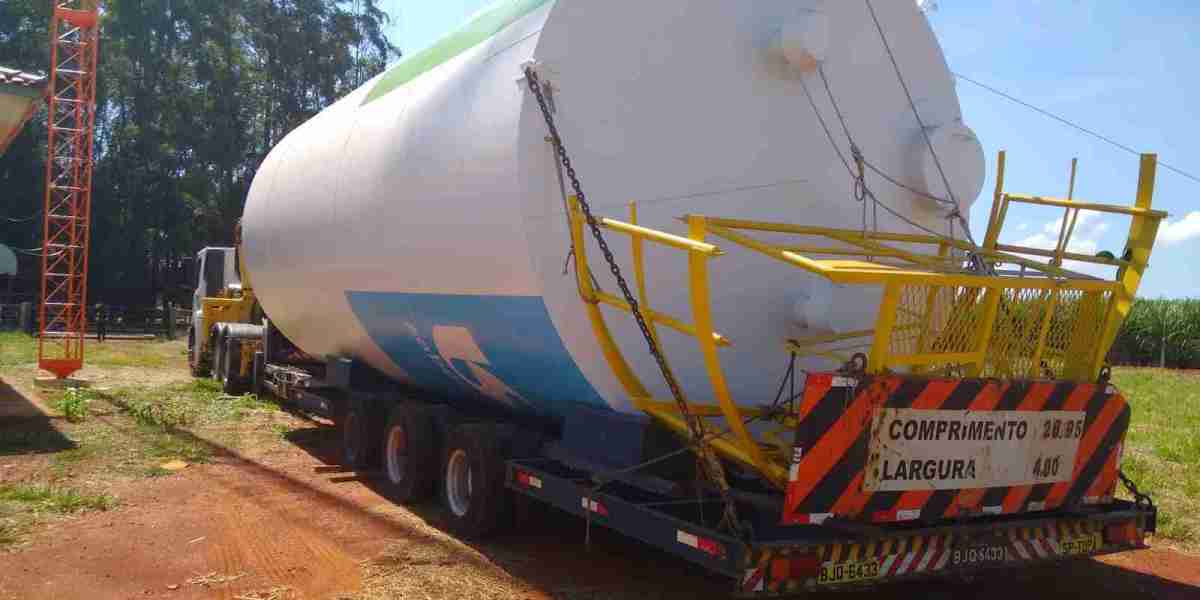Water Treatment chemical products
Water treatment chemical products play a crucial role in purifying water bodies and ensuring the availability of clean water for various uses. Some key types include:
- Coagulants and Flocculants: These chemical products are used to aggregate fine particles in water into larger particles that can be more easily removed through sedimentation or filtration. Common coagulants include aluminum sulfate and ferric chloride, while flocculants are often polymers that enhance the aggregation process.
- Disinfectants: These are essential for eliminating harmful microorganisms from water to prevent diseases. Chlorine, chlorine dioxide, and ozone are widely used disinfectants. They are effective in killing bacteria, viruses, and other pathogens.
- pH Adjusters: chemical products like sodium hydroxide (caustic soda) and sulfuric acid are used to adjust the pH of water to optimal levels for treatment processes and to ensure the water is safe for distribution.
- Oxidizing and Reducing Agents: These chemical products are used to remove contaminants through oxidation or reduction reactions. For example, hydrogen peroxide can be used to oxidize organic pollutants, while sodium bisulfite can be used to reduce excess chlorine in water.
Air Pollution Control chemical products
Air pollution control chemical products are vital for reducing harmful emissions from industrial processes and improving air quality. Key types include:
- Sulfur Dioxide (SO₂) Control Agents: These chemical products are used to remove sulfur dioxide from industrial flue gases. Commonly used agents include limestone (calcium carbonate), which reacts with SO₂ to form calcium sulfite, and ammonia, which can be used in wet scrubbing processes.
- Nitrogen Oxides (NOₓ) Control Agents: These chemical products help reduce nitrogen oxides, which contribute to smog and acid rain. Selective catalytic reduction (SCR) uses ammonia or urea as a reagent to convert NOₓ into nitrogen and water vapor. Selective non-catalytic reduction (SNCR) also uses similar reagents but operates at higher temperatures without a catalyst.
- Mercury Control Agents: Activated carbon injection is a common method for capturing mercury from flue gases. The activated carbon adsorbs mercury, which is then removed along with other particulates in a baghouse or electrostatic precipitator.
- Volatile Organic Compounds (VOCs) Control Agents: These chemical products are used to capture or destroy VOCs, which contribute to ground-level ozone formation. Methods include using activated carbon adsorption, thermal oxidation, and catalytic oxidation.
Soil Remediation chemical products
Soil remediation chemical products are essential for cleaning up contaminated soils and restoring their ecological functions. Key types include:
- Chelating Agents: These chemical products are used to bind and extract heavy metals from contaminated soils. For example, ethylenediaminetetraacetic acid (EDTA) can be used to chelate metals like lead and cadmium, making them more soluble and easier to remove.
- Oxidizing Agents: chemical products like hydrogen peroxide and ozone are used to oxidize organic pollutants in the soil. This process breaks down complex organic compounds into simpler, less harmful substances.
- Reducing Agents: These chemical products are used to reduce the mobility and toxicity of certain contaminants. For example, sodium bisulfite can be used to reduce hexavalent chromium (Cr(VI)) to the less toxic trivalent form (Cr(III)).
- Bioremediation Agents: These include nutrients and microbial cultures that enhance the natural degradation of pollutants by soil microorganisms. For example, adding nitrogen and phosphorus can stimulate the growth of bacteria that degrade petroleum hydrocarbons.
- Solidification and Stabilization Agents: These chemical products are used to immobilize contaminants in the soil, reducing their mobility and bioavailability. Cement and lime are commonly used to solidify and stabilize contaminated soils.
Summary
Environmental chemical products are essential tools in the fight against pollution and the restoration of natural environments. Water treatment chemical products ensure the availability of clean water, air pollution control chemical products reduce harmful emissions, and soil remediation chemical products help restore contaminated soils. Proper selection and application of these chemical products are critical for achieving effective environmental protection and sustainability.







